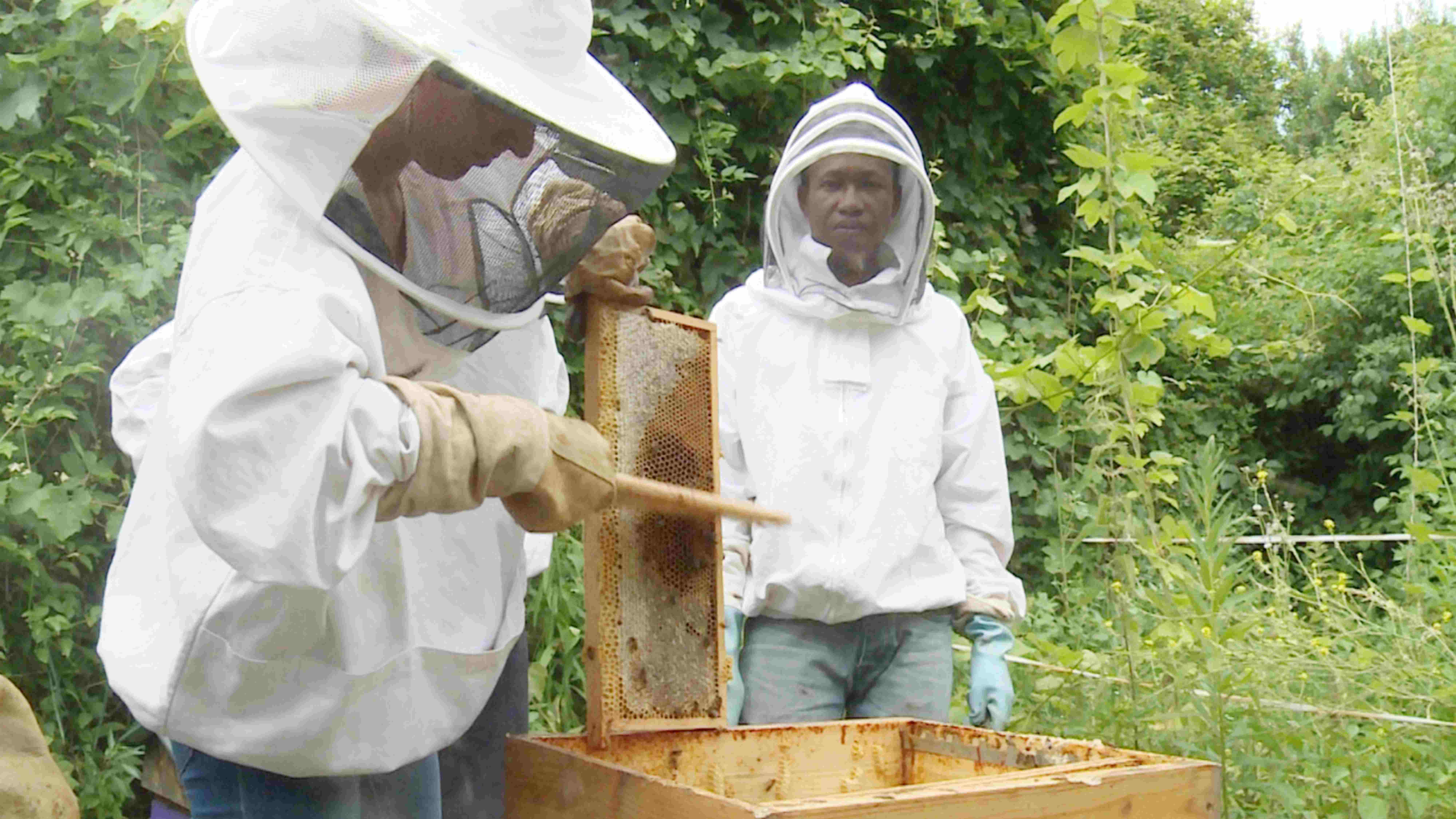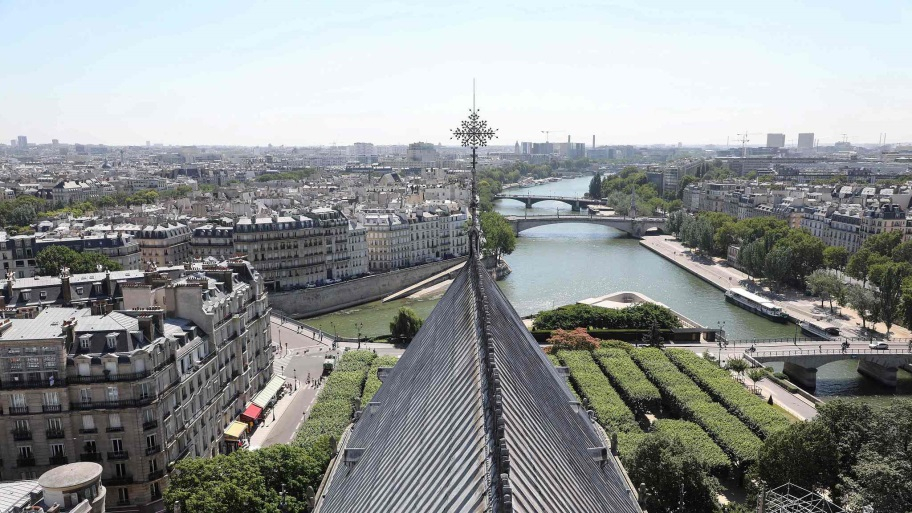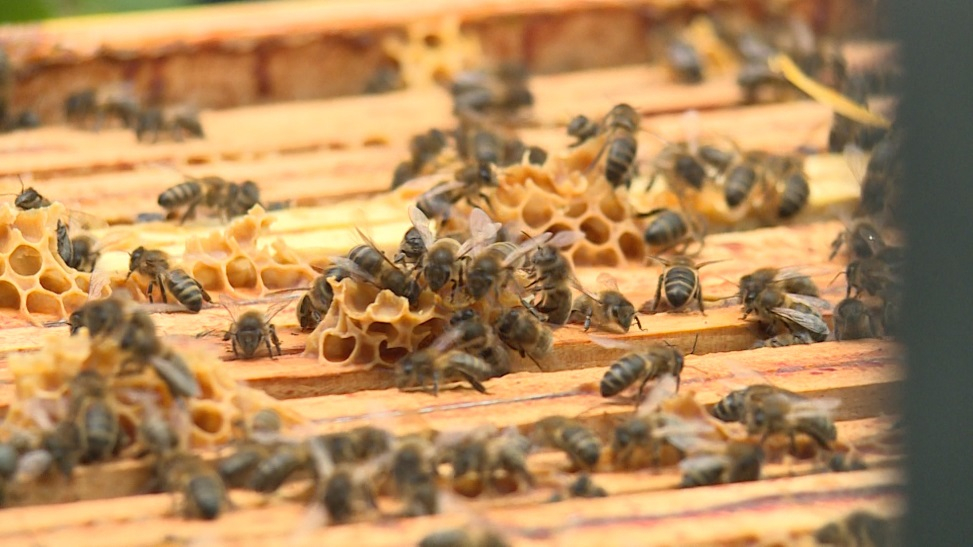
Tech & Sci
14:00, 12-Jul-2018
French beekeeper tries to restore Paris as a humming city
Updated
13:51, 15-Jul-2018
By Elena Casas
00:56

Guy-Noel Javaudin has been keeping bees for 30 years – during that period, he has seen the number of beekeepers in France coming down from over 17,000 to around 2,000.
“In the 1980s, the sector really started to die out,” he told CGTN, “and it’s never recovered. It’s really a shame, because France could produce a colossal amount of honey.”
Like many beekeepers, he blames the excessive use of pesticides by farmers, and also a lack of biodiversity in the countryside caused by crop monocultures, which mean hedgerows that once housed hundreds of species of plants that help bees thrive, have been disappearing from the landscape.
Last winter has been particularly harsh for French beekeepers, as about 60 percent of bee colonies across the country died off, partly due to a harsh spring.
The honeybee has found an unexpected refuge, though – in central Paris.

A photo taken on June 26, 2018 from the Notre-Dame de Paris Cathedral shows a general view of the Seine River and its surroundings in central Paris. /VCG Photo
A photo taken on June 26, 2018 from the Notre-Dame de Paris Cathedral shows a general view of the Seine River and its surroundings in central Paris. /VCG Photo
“In the country, we have agricultural monocultures and pesticides, and here we have air pollution,” Javaudin explained, “but bees can adapt to that.”
Tests show there is almost no trace of air pollution in urban honey, and one made from bees living on the roof of the Paris Opera was named the best honey in France last year.
Javaudin is responsible for a number of urban hives, including those in the garden of the French prime minister’s residence, and he said their honey has an exceptional taste, thanks to the variety of flowering plants in the city.

Inside an urban beehive /CGTN Photo
Inside an urban beehive /CGTN Photo
“It’s true that the taste is different, just because there are different plants. So here, for example, the Japanese pagoda tree has just flowered. That makes delicious honey, and that’s an ornamental tree that of course doesn’t exist in French forests,” he said.
The lime and acacia trees along Paris’ boulevards are also among the bees’ favorite places to forage.
There are more than 800 hives in the city center, and interest is growing. Guy-Noel runs beginners’ beekeeping courses that are sold out two years in advance.
He hopes this public enthusiasm for bees will mean more hives popping up on rooftops and in back gardens – leaving the city buzzing with honeybees.
(Cover: CGTN Photo)
8227km

SITEMAP
Copyright © 2018 CGTN. Beijing ICP prepared NO.16065310-3
Copyright © 2018 CGTN. Beijing ICP prepared NO.16065310-3